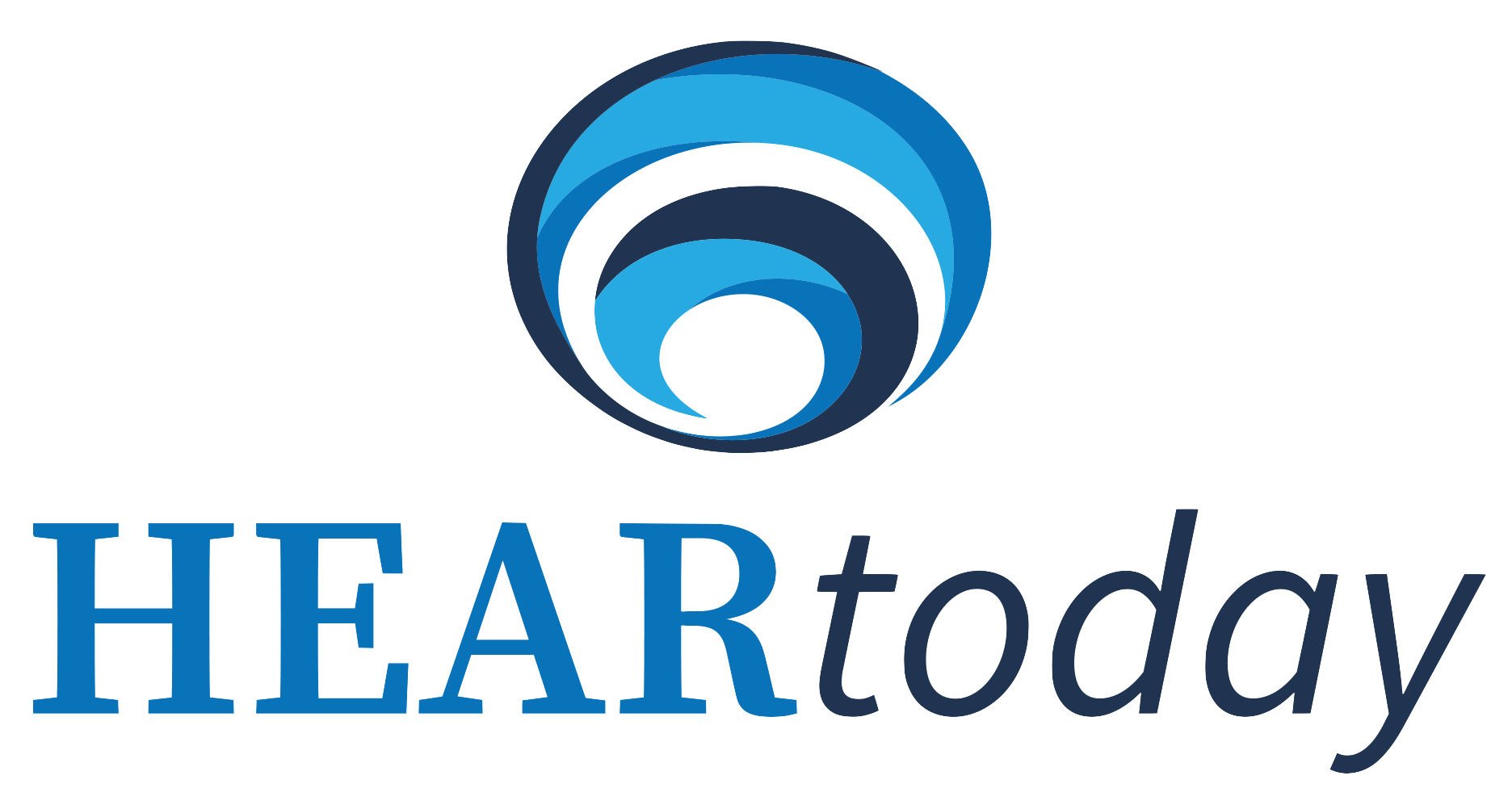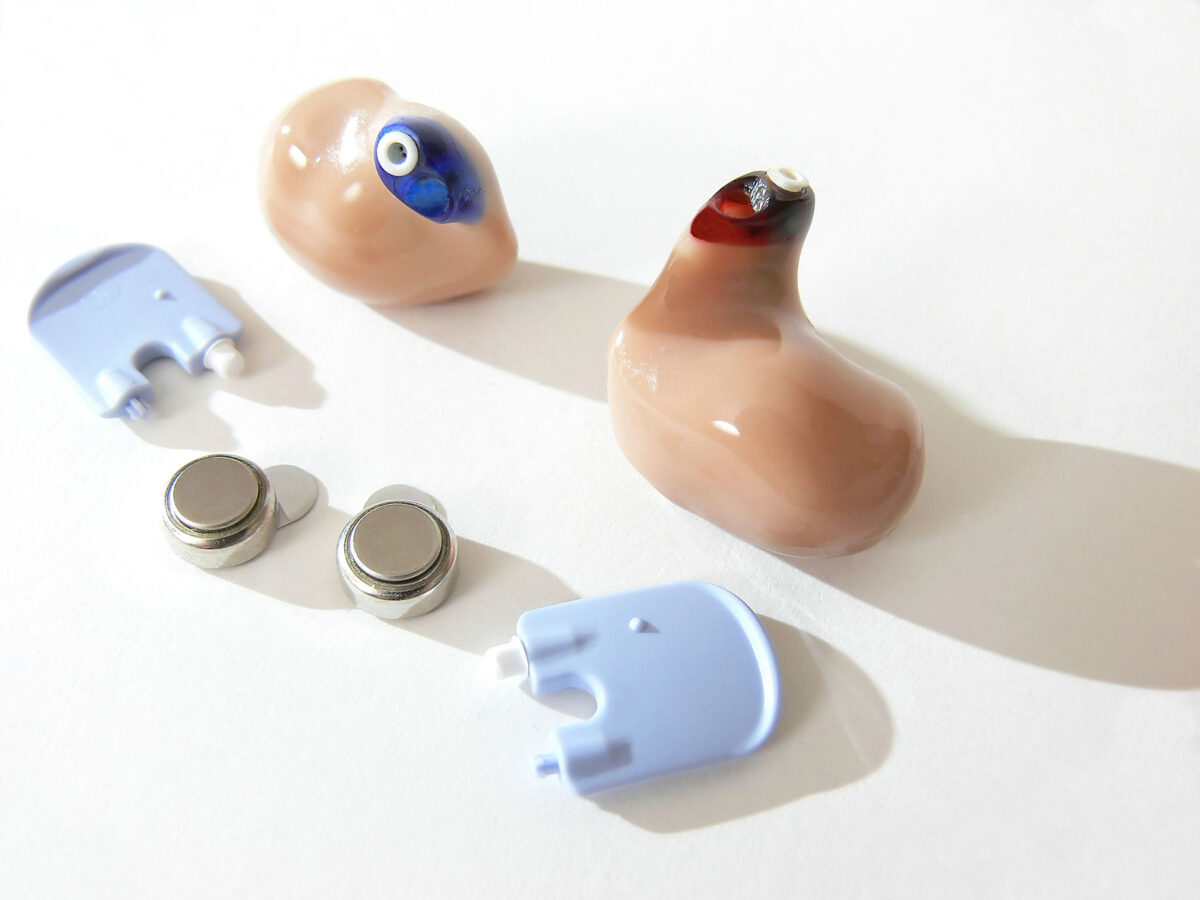The wheel of technology keeps rolling ever forward, and it’s the same with the hearing aid industry. Hearing aids can do more and more than we thought they could. Part of this is that the digital technological revolution has made it possible to put more power and nuance into smaller, more modern designs.
The revolution in technology
Looking back at the past is essential to understanding how far we’ve come.
What did hearing aids look and work like before the digital age? The Digital Revolution started in the second half of the 20th century. It was a change from mechanical and analog electronics to digital electronics. Many of us have seen this happen in our lives. Do you remember when your parents or grandparents wore big hearing aids that looked like flesh and often buzzed and fed back? Most likely, these were old-style analog hearing aids.
Analog vs. Digital
Even though hearing aids have used analog or digital technology since the 1960s, they still use the same parts. The essential parts are still a microphone that picks up sound, an amplifier that sends sound to the ear canal, and a battery that gives the device power.
The way that sound is processed is what makes digital and analog hearing aids different. A sound wave has a rugged peak, like an ocean, then goes down. Analog sound comes to your ear in a smooth wave, while digital signals can break up a sound wave into steps. A digital wave can smooth out the wave’s parts into clear signals, while an analog wave can play any sound.
In this case, less is much better than more. When our hearing aids pick up every sound, it’s harder to figure out which sounds are most important. This is why analog hearing aids of the past were prone to feedback, over-amplification, and buzzing. Most likely, these things about hearing aids in the past gave them a bad reputation we are still trying to get rid of.
Get a digital advantage and step into the future.
Hearing aids used digital and analog technology for a long time, but by the mid-1990s, technology had advanced enough to make a fully digital device.
Digital hearing aids use DSP, which stands for digital signal processing. DSP turns the sound that comes in into a digital signal that microcomputers can then work with. Based on your hearing test, this lets doctors program your hearing aids to help you hear the sounds you have trouble with.
Why is this revolutionary? Hearing loss is different for each person. Some people have trouble with consonants and pitches, while others might miss some tones. With digital technology, you don’t have to turn up every sound. Instead, only the sounds you need to hear are turned up. This makes them great for blocking out noise in noisy rooms or wind when you’re outside.
Digital technology is the key to other innovations.
Aside from better digital performance, the latest hearing aid technology keeps pushing the limits.
Now, hearing aids have Bluetooth technology that lets them connect wirelessly to your phone and other media you use often. You can stream the TV or GPS directly to your ears and hear them. They can also connect to your smartphone, so we can make changes to your hearing program without you having to drive to our office.
The latest hearing aids are also beginning to leverage machine learning and artificial intelligence to learn how you listen and change their settings automatically when you go to places you often go.
Find out what you can get from digital technology.
Hearing aids are getting better quickly, making it easier for people with hearing loss to hear than ever before. Most hearing aids last between 5 and 7 years on average. This may not seem like a long time, but it’s pretty amazing when you think about how much work these tiny machines do every day.
We can help you upgrade your hearing aids if they aren’t working as well as they used to. With our guidance, you’ll be able to narrow down the wide selection of digital hearing aids to choose the one that best suits your needs.

